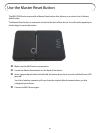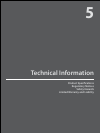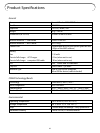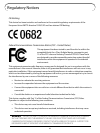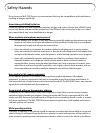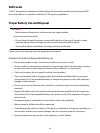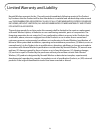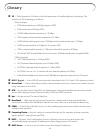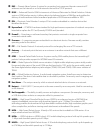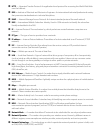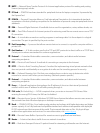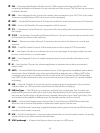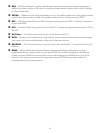74
● HTTP — Hypertext Transfer Protocol. An application-level protocol for accessing the World Wide Web
over the Internet.
● IEEE — Institute of Electrical and Electronics Engineers. An international technical/professional society
that promotes standardization in technical disciplines.
● IMAP — Internet Message Access Protocol. An Internet standard protocol for email retrieval.
● IMSI — International Mobile Subscriber Identity. Used in GSM networks to identify the subscriber
Usually embedded in the SIM.
● IP — Internet Protocol. The mechanism by which packets are routed between computers on a
network.
● IP Type — The type of service provided over a network.
● IP address — Internet Protocol address. The address of a device attached to an IP network (TCP/IP
network).
● ISP — Internet Service Provider. Also referred to as the service carrier, an ISP provides Internet
connection service. (See Network Operator)
● Kbps — Kilobits per second. The rate of data flow.
● LAN — Local Area Network. A type of network that lets a group of computers, all in close proximity
(such as inside an office building), communicate with one another. It does not use common carrier
circuits though it can have gateways or bridges to other public or private networks.
● LTE — Long Term Evolution. A set of enhancements to UMTS (moving toward 4G) that will provide
high throughput, low latency, plug and play and seamless connection to existing networks such as
GSM, cdmaOne, etc.
● MAC Address — Media Access Control. A number that uniquely identifies each network hardware
device. MAC addresses are 12-digit hexadecimal numbers.
● MEID — Mobile Equipment IDentifier. A globally unique number for a physical piece of mobile station
equipment.
● Mbps — Megabits per second.
● MSID — Mobile Station IDentifier. A number for a mobile phone that identifies that phone to the
network. These numbers are carrier specific.
● MSL — Master Subsidy Lock. A numeric code for accessing certain phone settings.
● NAI — Network Access Identifier. A standard way of identifying users who request access to a network.
● NDIS — Network Driver Interface Specification. NDIS is a Windows specification for how
communication protocol programs (such as TCP/IP) and network device drivers should communicate
with each other.
● Network Mask — A number that allows IP networks to be subdivided for security and performance.
● Network Operator — The vendor who provides your wireless access. Known by different names in
different regions, some examples are: wireless provider, network provider, and service provider.
● Network Technology — The technology on which a particular network provider’s system is built; such
as GSM, HSPA, CDMA, EDGE, and EVDO.



